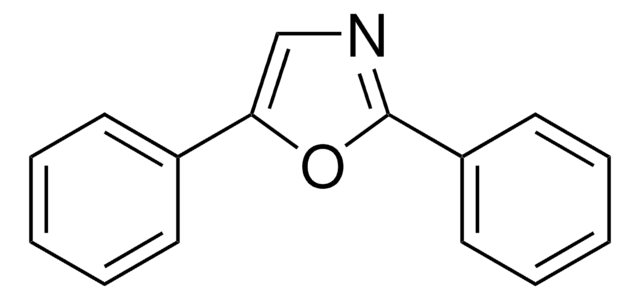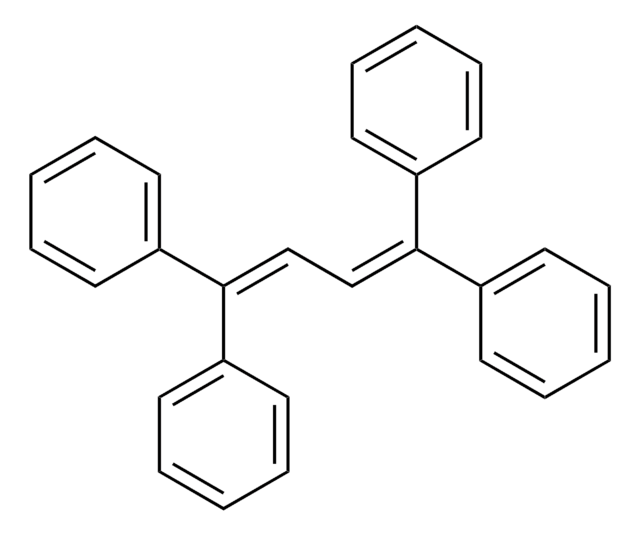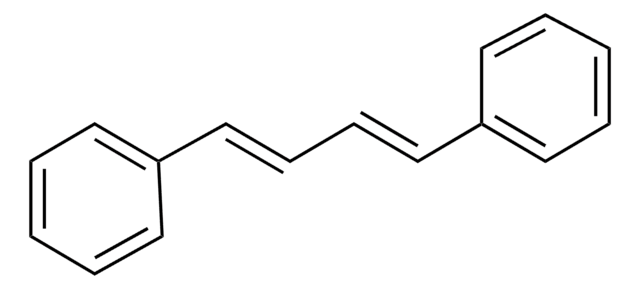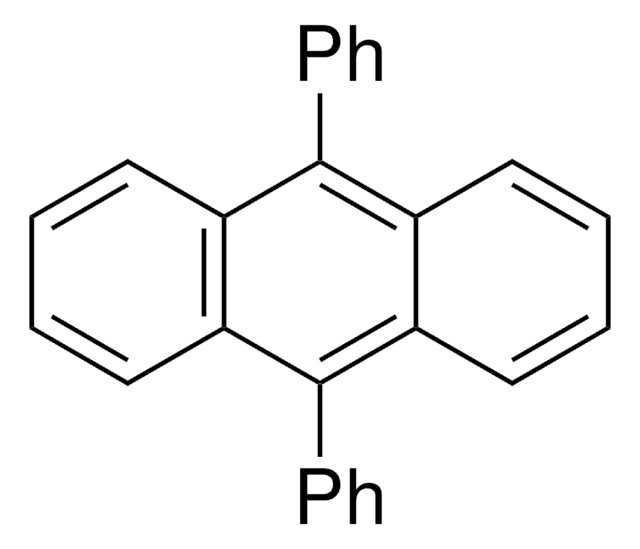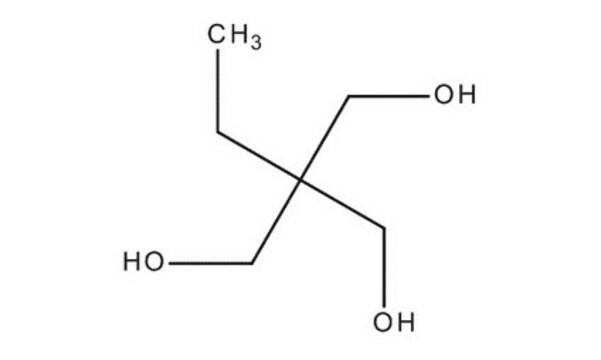15090
1,4-Bis(2-methylstyryl)benzene
BioReagent, suitable for scintillation, ≥98% (UV)
Synonym(s):
Bis-MSB
About This Item
Recommended Products
product line
BioReagent
Quality Level
Assay
≥98% (UV)
form
solid
mp
180-182 °C (lit.)
180-182 °C
fluorescence
λem 416 nm in heptane
λem 419 nm in cyclohexane
suitability
suitable for scintillation
SMILES string
Cc1ccccc1\C=C\c2ccc(cc2)\C=C\c3ccccc3C
InChI
1S/C24H22/c1-19-7-3-5-9-23(19)17-15-21-11-13-22(14-12-21)16-18-24-10-6-4-8-20(24)2/h3-18H,1-2H3/b17-15+,18-16+
InChI key
QKLPIYTUUFFRLV-YTEMWHBBSA-N
Looking for similar products? Visit Product Comparison Guide
Application
Not finding the right product?
Try our Product Selector Tool.
related product
Signal Word
Warning
Hazard Statements
Precautionary Statements
Hazard Classifications
Acute Tox. 4 Oral - Aquatic Chronic 4 - Eye Irrit. 2
Storage Class Code
11 - Combustible Solids
WGK
WGK 3
Flash Point(F)
Not applicable
Flash Point(C)
Not applicable
Personal Protective Equipment
Choose from one of the most recent versions:
Already Own This Product?
Find documentation for the products that you have recently purchased in the Document Library.
Customers Also Viewed
Our team of scientists has experience in all areas of research including Life Science, Material Science, Chemical Synthesis, Chromatography, Analytical and many others.
Contact Technical Service